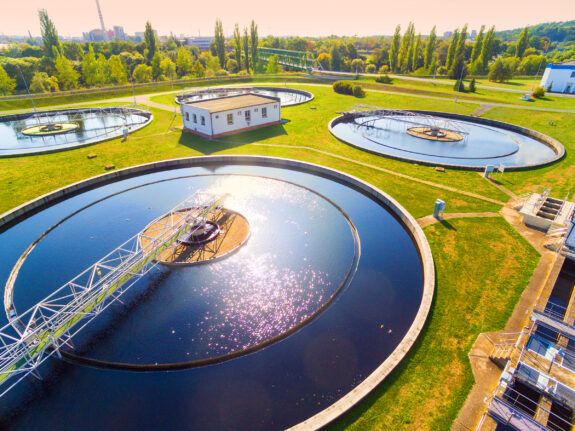
Implications of Second Round of Statewide PFAS Drinking Water Sampling in Pennsylvania
March 29, 2021
By: Rick Shoyer
The Pennsylvania Department of Environmental Protection (PADEP) announced the results of the second round of statewide Perfluoroalkyl and Polyfluoroalkyl Substances (PFAS) sampling for six PFAS chemicals in drinking water in order to determine contamination levels. For the 114 sites that were sampled, 65% of them did not detect PFAS and the remaining sites contained up to 7 PFAS chains of PFAS, but none of the results exceeded the USEPA’s Health Advisory Levels (HAL) of 70 parts per trillion (ppt).
The governor signed an executive order establishing the PFAS Action Team in September 2018, to identify sites, establish standards, and address contaminated sites. For the first time Pennsylvania is proposing their own State Maximum Contaminant Standards (MCLs) rather than adopting a Federal standard, remediation of groundwater and soil impacted by PFAS, provide funding for drinking water sources impacted by PFAS, and developing a process to identify and assess the drinking water sources for commercial and industrial properties.
Implications
There are thousands of PFAS chains that can cause potential harm to humans, other species, and the environment. PFAS contamination has been identified all over the world and more sites are discovering they have PFAS. Many states have already started enacting legislation to address some PFAS chains, and more legislation is expected as more studies are done on PFAS.
According to the press release, “DEP has identified 493 public water system sources as potential sampling sites because they meet the criterion of being located within a half mile of a potential source of PFAS contamination, such as military bases, fire training sites, landfills, and manufacturing facilities. Of those 493 potential sampling sites, DEP’s public water system sampling plan will ultimately test approximately 360 sources of public drinking water for PFAS contamination. DEP will also test approximately 40 public drinking water sources that are not located within a half mile of a potential source of PFAS contamination to establish a baseline.”
Targeted PFAS testing of these approximate 360 highly susceptible locations will present a much clearer picture as to the extent of PFAS in drinking water sources across Pennsylvania. Analyzing samples using the extended PFAS compound list will shed light on additional PFAS compounds not covered by EPA’s Health Advisory Standard.
Companies may be required to sample for PFAS and report the results as part of future compliance activities once DEP sets a Maximum Contaminant Level (MCL) for PFAS. Areas that exceed the MCLs will most likely need to be remediated.
What happens next?
PADEP may conduct additional rounds of drinking water sampling to further delineate areas of contamination.
Pennsylvania has proposed medium-specific concentrations tor PFOA, PFOS and PFBS in soil. Due to the impact of COVID-19, PADEP cancelled all hearings on the proposed rulemaking in 2020. Post COVID 19, it is anticipated that PFAS standards for soils and groundwater will continue.
The Toxics Release Inventory (TRI) Reporting of 172 PFAS compounds for the year 2020 are due by July 1, 2021, according to USEPA news. These reports will reveal where PFAS compounds are being used across the States, and identify where potential releases known, or unknown, may have occurred.
For more information
You can learn more about how Pennsylvania is addressing PFAS contamination on the PADEP website and the PFAS Action Team’s Initial Report.
Need help determining if your sites have PFAS contamination and how it may impact your business? Want to consult with our experts for investigation, testing, analyses, compliance, and recommendations? Our team can help, click here to start a conversation.
 Rick Shoyer, LSRP
Rick Shoyer, LSRP
Frederick (Rick) J. Shoyer, III, is a member of Montrose’s internal Emerging Contaminants Team and is an expert in Emerging Contaminants and has worked on multiple Per- and Polyfluoroalkyl substances (PFAS) projects in various states and on several Advanced Oxidation Processes projects. In addition, he has worked on Environmental Investigations and Remediation for Industrial, Commercial and Residential Contaminated Properties; ISRA, PADEP ACT 2, NY Stars Investigations; Remedial Design, Permitting, Installation and O&M Services; Indoor Air Quality; Vapor Assessment & Mitigation Systems; UST installation, Closures and Compliance; Ozone Applications for Disinfectant, Oxidation, Odor Control, Drinking Water and Wastewater; In-situ Remedial Technologies and Chemical Oxidation Injections; and provided Expert Witness Testimony.


